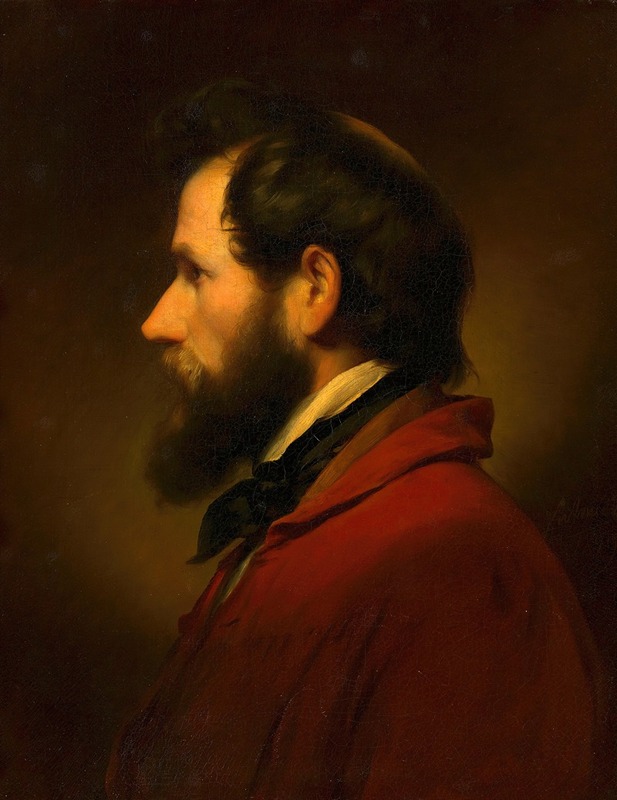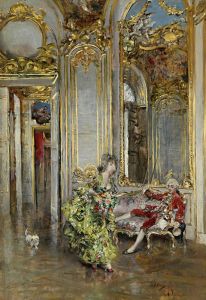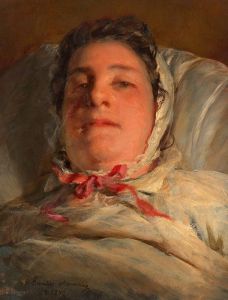
Selbstbildnis Friedrich von Amerling
A hand-painted replica of Friedrich von Amerling’s masterpiece Selbstbildnis Friedrich von Amerling, meticulously crafted by professional artists to capture the true essence of the original. Each piece is created with museum-quality canvas and rare mineral pigments, carefully painted by experienced artists with delicate brushstrokes and rich, layered colors to perfectly recreate the texture of the original artwork. Unlike machine-printed reproductions, this hand-painted version brings the painting to life, infused with the artist’s emotions and skill in every stroke. Whether for personal collection or home decoration, it instantly elevates the artistic atmosphere of any space.
Friedrich von Amerling (1803–1887) was a prominent Austrian portrait painter of the 19th century, known for his refined and detailed depictions of his subjects. Among his works is a self-portrait titled "Selbstbildnis Friedrich von Amerling," which provides a glimpse into the artist's own image and style during his lifetime.
This self-portrait is an example of Amerling's mastery in capturing the human form and expression, showcasing his technical skill and attention to detail. The painting reflects the influence of the Biedermeier period, a style characterized by its focus on realism, intimacy, and the depiction of bourgeois life. Amerling's self-portrait demonstrates his ability to render textures, such as skin and fabric, with remarkable precision, a hallmark of his artistic approach.
The exact date of the self-portrait is not definitively documented, but it is believed to have been created during the height of Amerling's career. The work is notable for its introspective quality, as it offers insight into how the artist perceived himself. Amerling's gaze in the painting is direct and confident, reflecting his status as one of the leading portraitists of his time.
Friedrich von Amerling was highly sought after by the aristocracy and bourgeoisie of Europe, and his works include portraits of notable figures such as Emperor Franz Joseph I of Austria and other members of the Habsburg court. His self-portrait, while less formal than his commissioned works, still carries the elegance and sophistication that define his oeuvre.
The painting is part of Amerling's broader body of work, which includes over 1,000 portraits. It is preserved as a testament to his skill and his contribution to 19th-century European art. Today, Amerling's works, including his self-portrait, are held in high regard and can be found in major art collections and museums, such as the Belvedere in Vienna.
While specific details about the circumstances of the self-portrait's creation remain limited, the work itself continues to be appreciated for its artistic quality and its role in representing the artist's legacy.

















